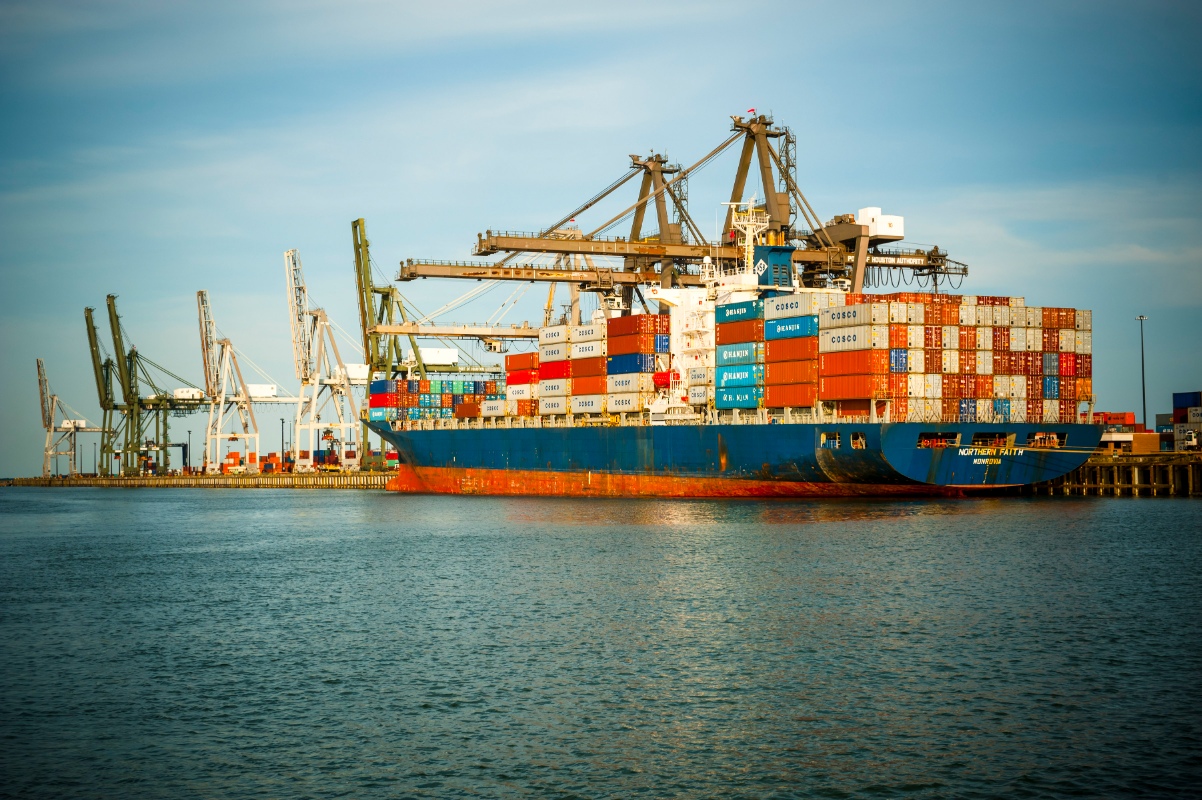BP Sets Net Zero Goal for 2050, Joins Growing List of Companies
Published Feb 18, 2020 by Maggie Martin
Last week, BP announced plans to become a net zero company by 2050 or sooner.
The multinational oil and gas company laid out ways it aims to reach that goal, including hitting net zero on carbon in BP's oil and gas production on an absolute basis as well as cutting back on the carbon intensity of products BP sells by 50%. BP is also setting its sites on helping the rest of the world. The company said that'll include more active advocacy that supports net zero, including carbon pricing, and launching a new team to help countries, cities and large companies decarbonize.
BP said it's ambition to be a net zero company by 2050 covers the greenhouse gas emissions from its operations worldwide. It also aims to cut back the carbon in the oil and gas it produces.
"We all want energy that is reliable and affordable, but that is no longer enough. It must also be cleaner. To deliver that, trillions of dollars will need to be invested in replumbing and rewiring the world’s energy system. It will require nothing short of reimagining energy as we know it," said BP CEO Bernard Looney.
BP's announcement comes just a few months after a delegation led by the Greater Houston Partnership visited BP's global headquarters in London. The group met with executives to discuss opportunities for renewable operations in Houston. Houston is home to BP’s U.S. headquarters and the company’s largest employee base anywhere in the world. The company’s current renewables presence in Houston includes BP Wind Energy’s Remote Operations Center, which centrally monitors all BP-operated wind farms, as well as the Center for High-Performance Computing, which is home to one of the world’s largest supercomputers for commercial research.
BP now joins a growing list of energy companies striving to hit similar net zero goals by 2050. In the past few months, Dominion Energy, Reposol and DTE Energy have all announced they want to achieve net zero carbon by 2050.
These plans bolster the Partnership's own efforts to lead the global energy transition to a more sustainable, lower carbon world. During his keynote address at the organization's Annual Meeting last month, Partnership chair Bobby Tudor said maintaining Houston's place as the Energy Capital of the World requires the region's business and civic leaders to address the dual challenge of meeting expanding global energy demand while lowering the world's carbon footprint. He called on Partnership members to use their convening powers to rally companies, political leaders and fellow citizens to position Houston as the city that will lead that transition.
"Houston must lead the world to an era of low-cost, reliable, and climate-friendly energy," said Tudor. "Nowhere else in the world is there such a concentration of scientists, engineers, and economists who understand energy systems and can affect the necessary change."
See highlights from the Partnership's Annual Meeting here. Read Partnership chair Bobby Tudor's full annual meeting remarks on the global energy transition.
 The Houston Report
The Houston Report




















